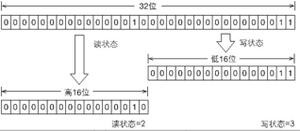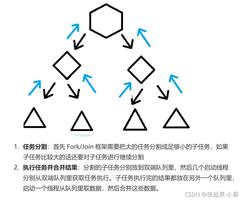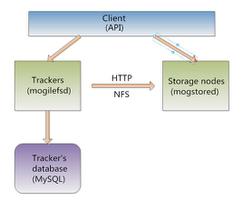C#多线程ThreadPool线程池详解
简单说明一下:
线程池可以看做容纳线程的容器;一个应用程序最多只能有一个线程池;ThreadPool静态类通过QueueUserWorkItem()方法将工作函数排入线程池; 每排入一个工作函数,就相当于请求创建一个线程;
线程池的作用:
1、线程池是为突然大量爆发的线程设计的,通过有限的几个固定线程为大量的操作服务,减少了创建和销毁线程所需的时间,从而提高效率。
2、如果一个线程的时间非常长,就没必要用线程池了(不是不能作长时间操作,而是不宜。),况且我们还不能控制线程池中线程的开始、挂起、和中止。
一些使用例子:
实例一:
using System;
using System.Collections.Generic;
using System.Linq;
using System.Text;
namespace ThreadPoolDemo
{
class Program
{
static void Main(string[] args)
{
System.Threading.ThreadPool.QueueUserWorkItem(new System.Threading.WaitCallback(TestThreadPool),new string[] {"drsw","sfs","sdfs"});
Console.ReadKey();
}
public static void TestThreadPool(object state)
{
string[] arry = state as string[]; //传过来的参数值
int workerThreads = 0;
int completionPortThreads = 0;
System.Threading.ThreadPool.GetMaxThreads(out workerThreads, out completionPortThreads);
Console.Write(DateTime.Now.ToString() + "--" + arry[0] + "----workerThreads=" + workerThreads + "----completionPortThreads=" + completionPortThreads);
}
}
}
上述代码运行结果:
使用例子二:
using System;
using System.Collections.Generic;
using System.Linq;
using System.Text;
namespace ThreadPoolDemo
{
class Program
{
static void Main(string[] args)
{
System.Threading.ThreadPool.QueueUserWorkItem(new System.Threading.WaitCallback(TestThreadPool));
Console.ReadKey();
}
public static void TestThreadPool(object state)
{
int workerThreads = 0;
int completionPortThreads = 0;
System.Threading.ThreadPool.GetMaxThreads(out workerThreads, out completionPortThreads);
Console.Write(DateTime.Now.ToString() + "----workerThreads=" + workerThreads + "----completionPortThreads=" + completionPortThreads);
}
}
}
上述代码运行结果:
以上是 C#多线程ThreadPool线程池详解 的全部内容, 来源链接: utcz.com/z/349824.html







